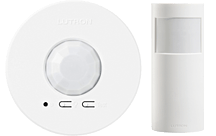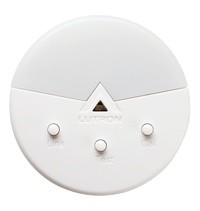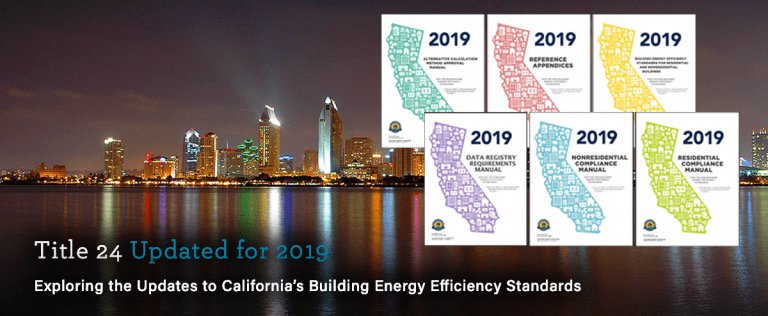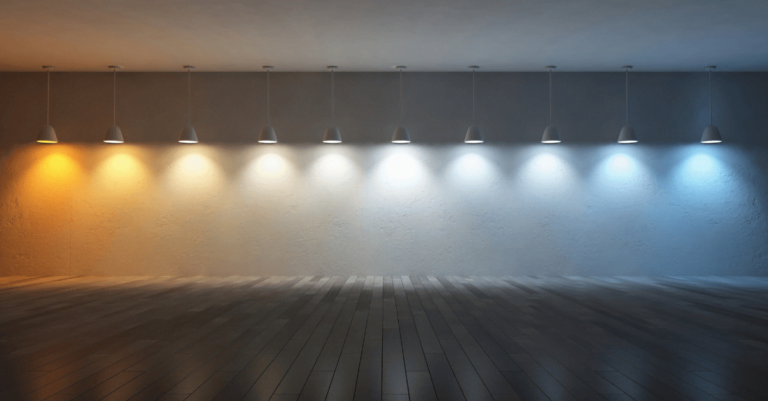The much anticipated 2019 version of Title 24 has landed, but do you know what the updated codes are? Western Lighting and Energy Controls is here to help you navigate the murky waters of the daunting 317-page energy code.
Western’s team of lighting and controls experts aim to help you simplify the process of ensuring your projects meet the new Title 24 requirements.
Over the next few months, we’ll be expounding on all of the most relevant new requirements in our new series called “Breaking the Code.” The goal is to help you understand the all of the most important changes for 2019’s Title 24 for both residential and commercial applications.
This is Part 1 of an ongoing series. See below for Part 2 onward.
Occupancy and Daylight Sensors
Page 173, Section 130.1 (5): Areas where Occupant Sensing Controls are required to shut OFF All Lighting. In offices 250 square feet or smaller, multipurpose rooms of less than 1,000 square feet, classrooms of any size, conference rooms of any size, and restrooms of any size, lighting shall be controlled with occupant sensing controls to automatically shut OFF all of the lighting when the room is unoccupied.
The new code now makes occupancy sensors mandatory for restrooms. These changes will save building owners tremendous amounts of money in energy bills.

Western Recommends:
Lutron Wireless Occupancy Sensors
Go green with Radio Powr Savr. Wasted lighting can account for a majority of a building’s total energy usage. And with many building spaces remaining unoccupied between 40% and 70% of the day, lights left on are a real energy drain. Lutron wireless occupancy/vacancy sensors automate the switching and dimming of those lights, saving energy and money.
The wireless design means a simple install, with zero wiring. With 10-year battery life, maintenance on the devices is essentially nonexistent.
Clarification and Streamlining: Manual Area Control, Multi-Level Lighting Control, and Automatic Daylighting Control Requirements
Page 120, Section 110.9: Occupant Sensing Controls. Occupant sensing controls include occupant sensors, motion sensors, and vacancy sensors, including those with a Partial-ON or Partial-OFF function. Occupant sensing controls shall:
Be capable of automatically turning the controlled lights in the area either off or down no more than 20 minutes after the area has been vacated;
For manual-on controls, have a grace period of no less than 15 seconds and no more than 30 seconds to turn on lighting automatically after the sensor has timed out; and
Provide a visible status signal that indicates that the device is operating properly, or that it has failed or malfunctioned. The visible status signal may have an override that turns off the signal.
Daylight Controls. Controls that provide automatic daylighting functionality shall:
a. Automatically return to its most recent time delay settings within 60 minutes of the last received input when left in calibration mode;
b. Have a set point control that easily distinguishes settings to within 10 percent of full-scale adjustment;
c. Provide a linear response within 5 percent accuracy over the range of illuminance measured by the light sensor; and
d. Be capable of being calibrated in a manner that the person initiating the calibration is remote from the sensor during calibration to avoid influencing calibration accuracy, for example by having a light sensor that is physically separated from where the calibration adjustments are made.

Western Recommends:
Lutron Wireless Daylight Sensors
Radio Powr Savr wireless daylight sensors that provide convenient light control and are engineered for optimum energy savings and easy wireless installation. Radio Powr Savr wireless sensors save energy by directing compatible wireless lighting controls to reduce lighting levels based on available daylight.
Read on… Title 24 for 2019, Part 2: Residential Updates





